Henry L. Stimson House, 1961, at Phillips Academy
Introduction
Text-to-speech Audio
Henry L. Stimson House was dedicated in 1961 under headmaster John Kemper as a boys dormitory, and it currently serves as a dormitory for upperclassmen girls. Located in the Pine Knoll Cluster, Stimson House was built for forty students along with two house counselors and their families. The dorm was built as part of the school's major capital campaign, the Andover Program, in the late 1950s and early 1960s. It was designed by The Architects Collaborative of Cambridge, Massachusetts, which was comprised of architects Benjamin Thompson, J. Timothy Anderson, Thomas Greene, Joseph Maybank, Visvaldis Paukulis, Sherry Proctor, and G.W.T. Rankine.
Stimson House consists of brick and glass materials and is stylistically constructed using a combination of sympathetic materials, irregular plans, gable roofs, and informal siting. As with the other dormitories in the Pine Knoll Cluster, this building style dramatically contrasts that of the rest of the campus and is intended to visually coexist with its natural surroundings.
Images
Henry L. Stimson as a young man
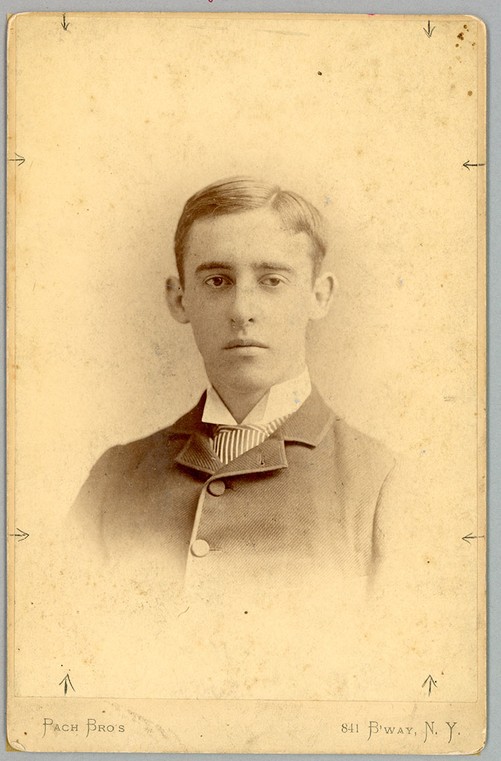
Henry L. Stimson
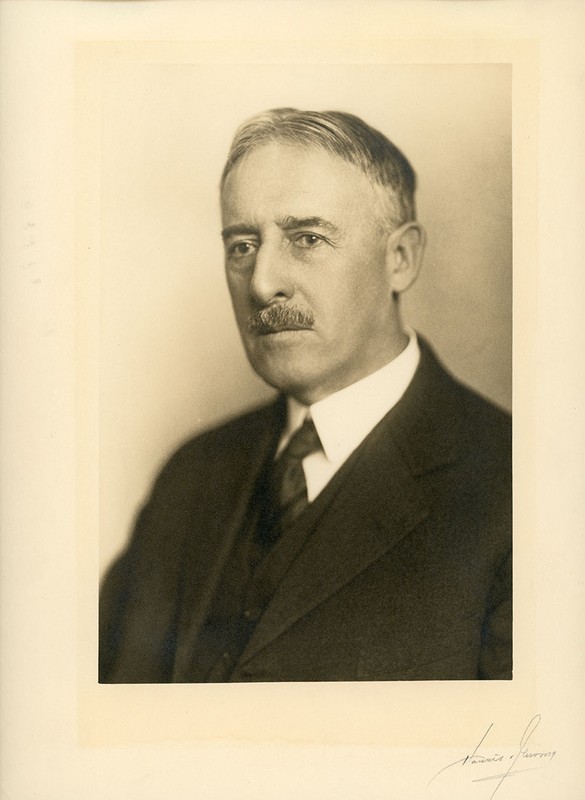
Henry L. Stimson when he was Governor-General of the Phillipines, 1928
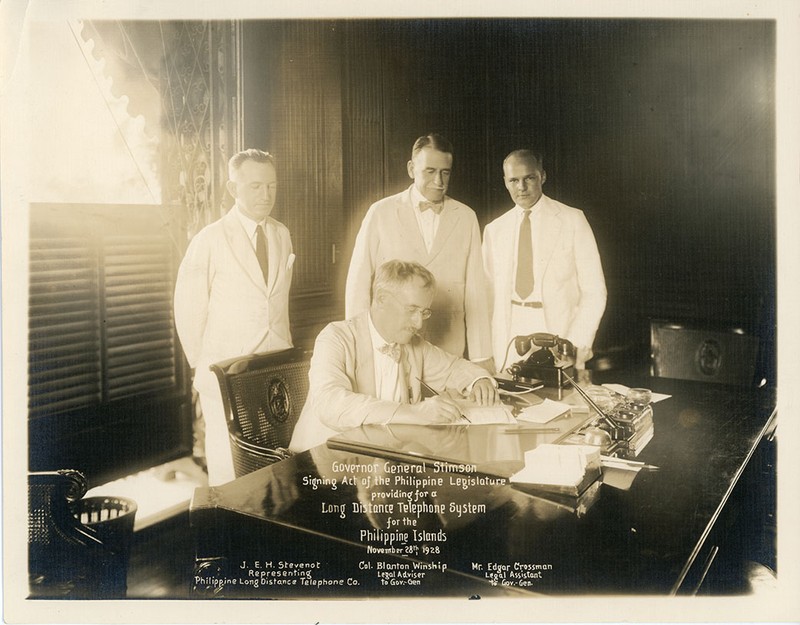
Lt. Gen. Jacob L. Devers pointing out landmarks at devastated Cassino to Secretary of War Henry L. Stimson touring the Italian battlefront during World War II
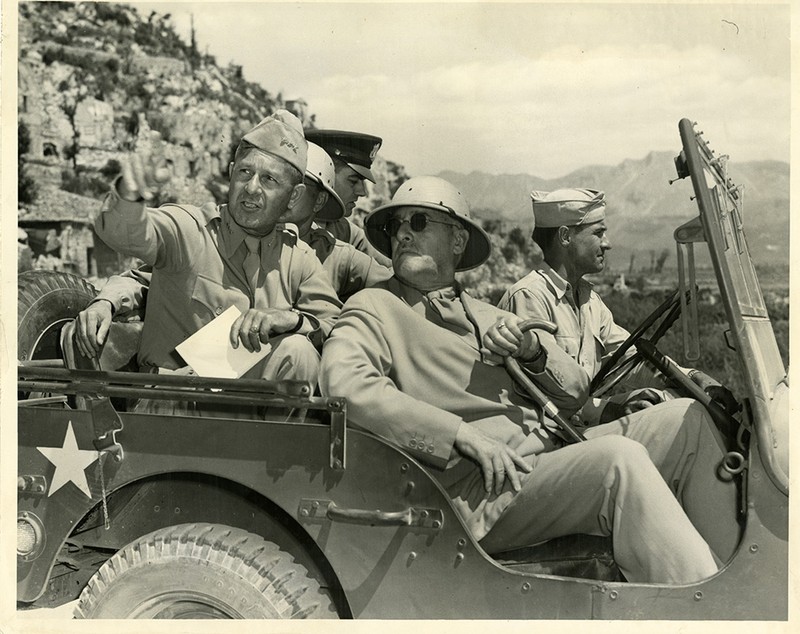
Henry Stimson, Secretary of War, during World War II
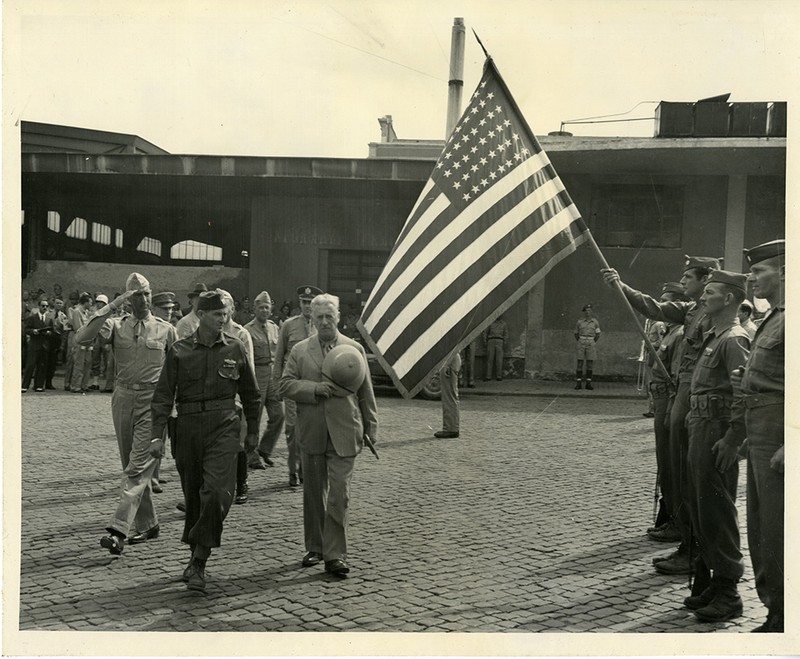
Henry Stimson, Secretary of War

Construction of Henry L. Stimson House, 1959
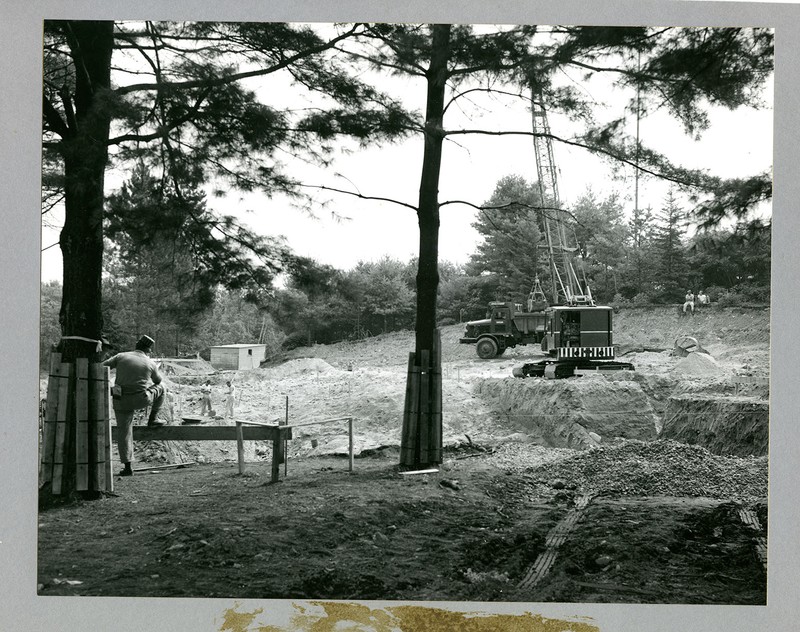
Construction of Henry L. Stimson House, 1959
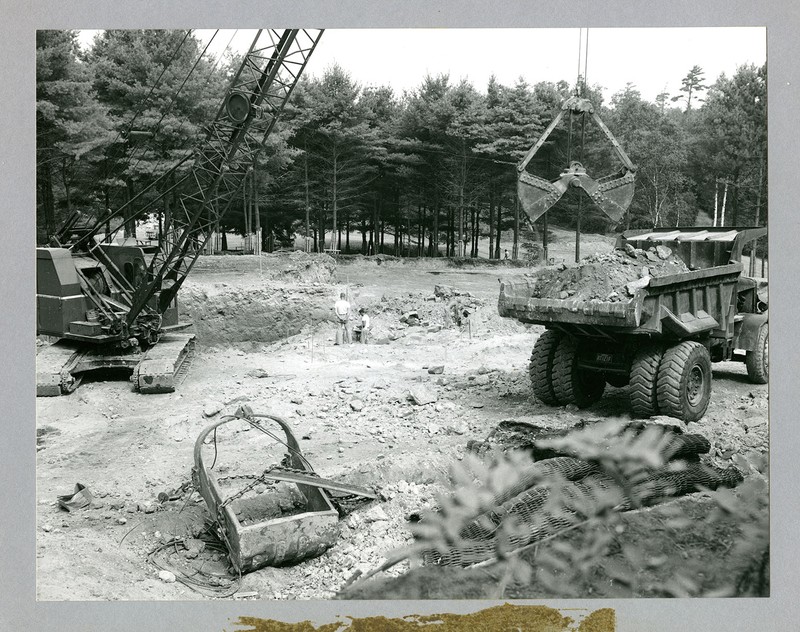
Construction of Henry L. Stimson House. September 17, 1959
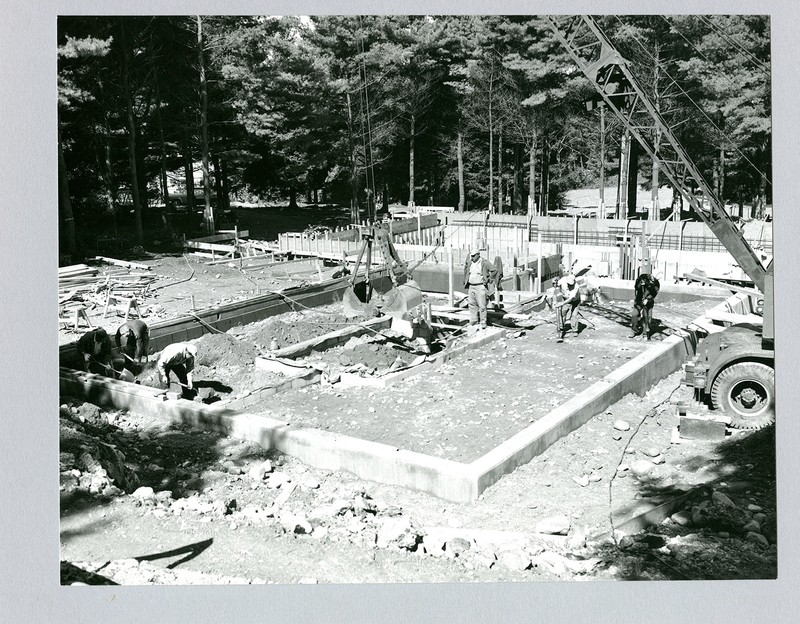
Construction of Henry L. Stimson House. September 17, 1959
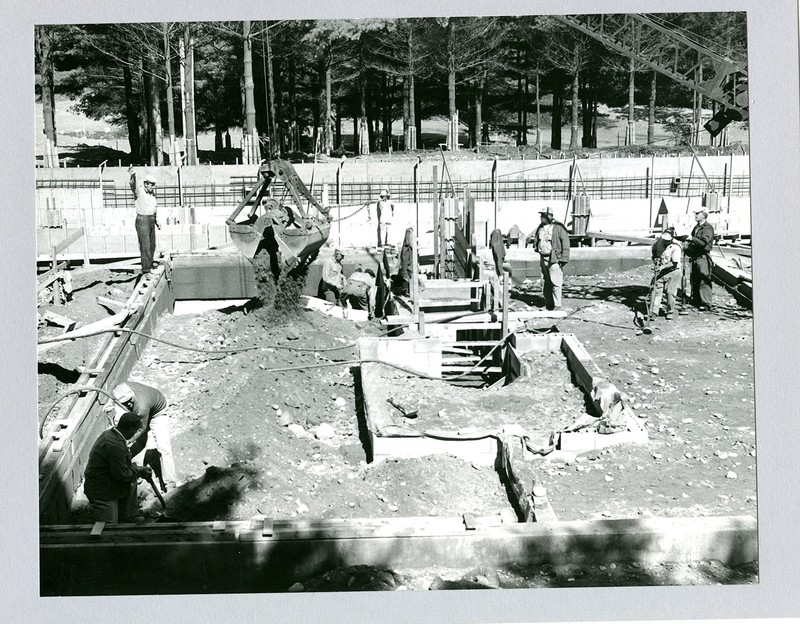
Construction of Henry L. Stimson House, 1960
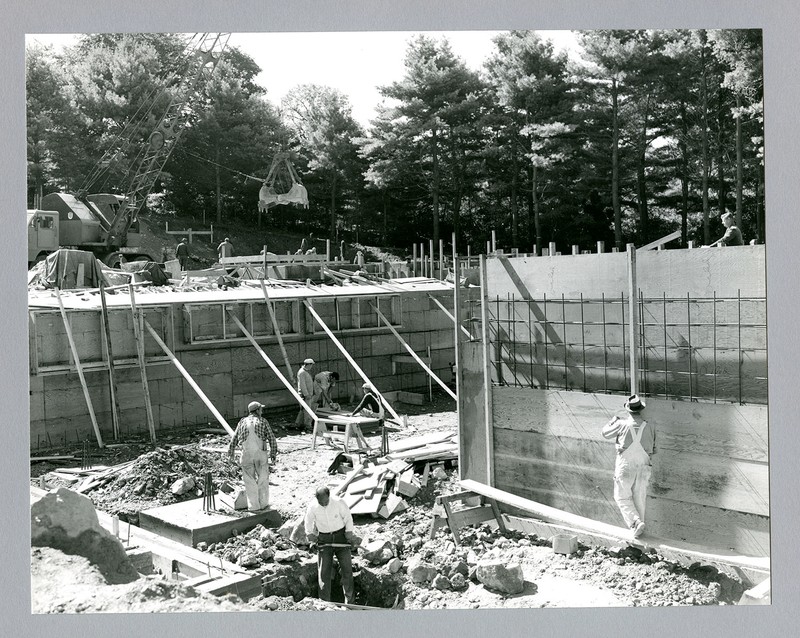
Construction of Henry L. Stimson House, 1961
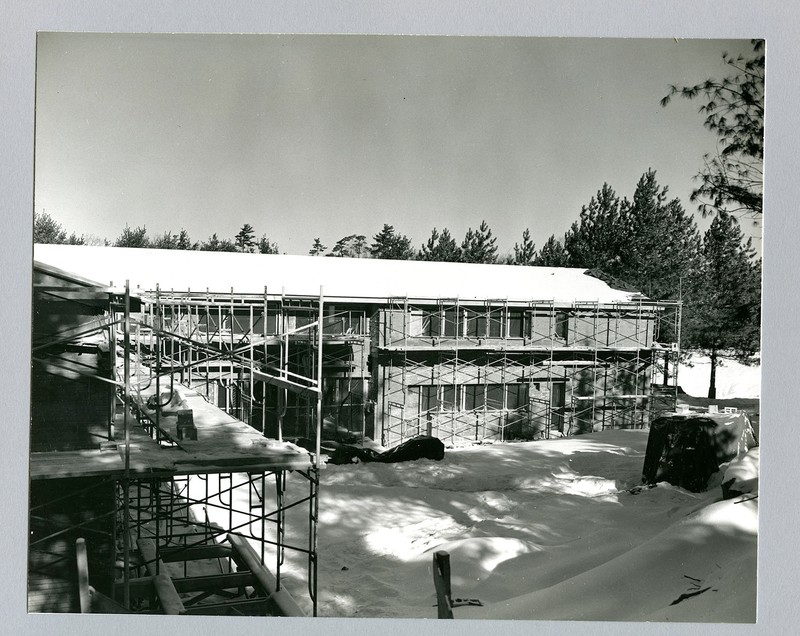
Henry L. Stimson House, 1961
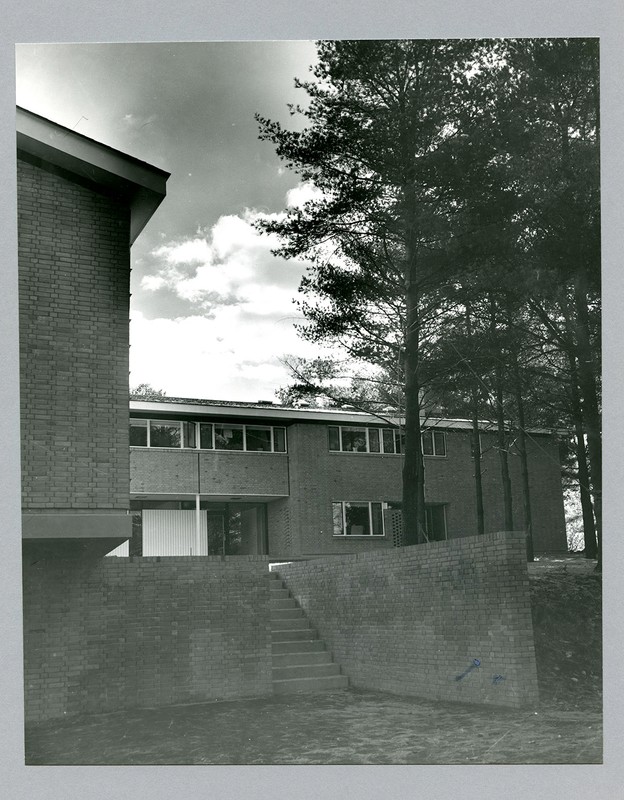
Thomas M. Evans, chairman of the Parents Committee, hands Headmaster John Kemper a plaque for Henry L. Stimson House commemorating the presentation of this dorm to the schoolon Parents Weekend as a gift of Andover Parents, 1960.
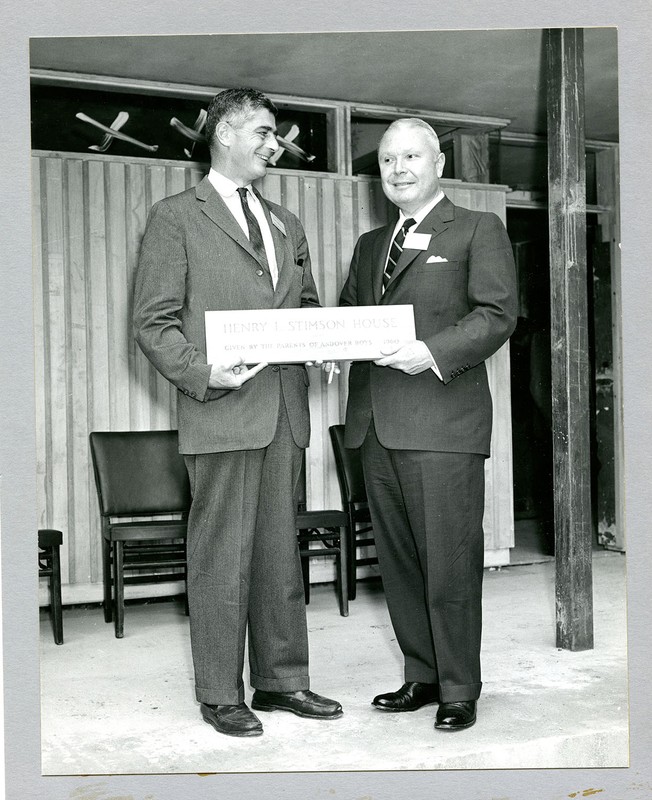
Crowd at presentation of Henry L. Stimson House. May 1, 1960.
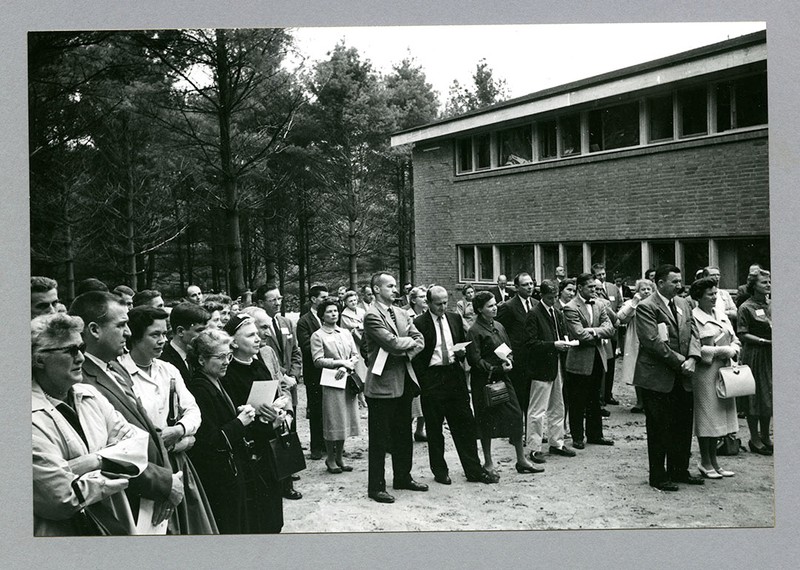
Bishop Henry Hobson (left), president of the board of trustees, Joshua L. Miner, housemaster of Stimson House, John J. McCloy, and Headmaster John Kemper standing in front of a portrait of Henry Stimson during the Henry L. Stimson House presentation, May 1, 1960
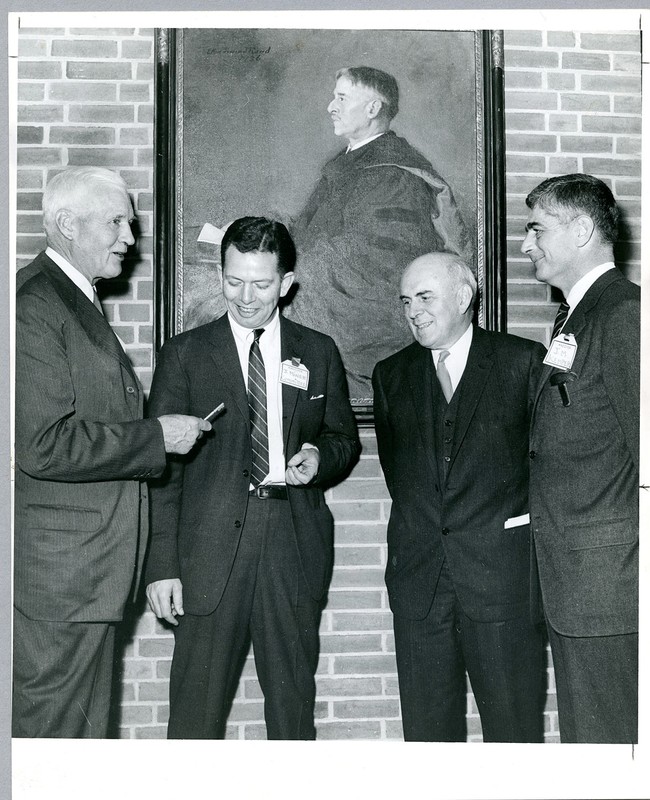
Bishop Henry Hobson, president of the board of trustees, speaking at Henry L. Stimson House presentation. May 1, 1960
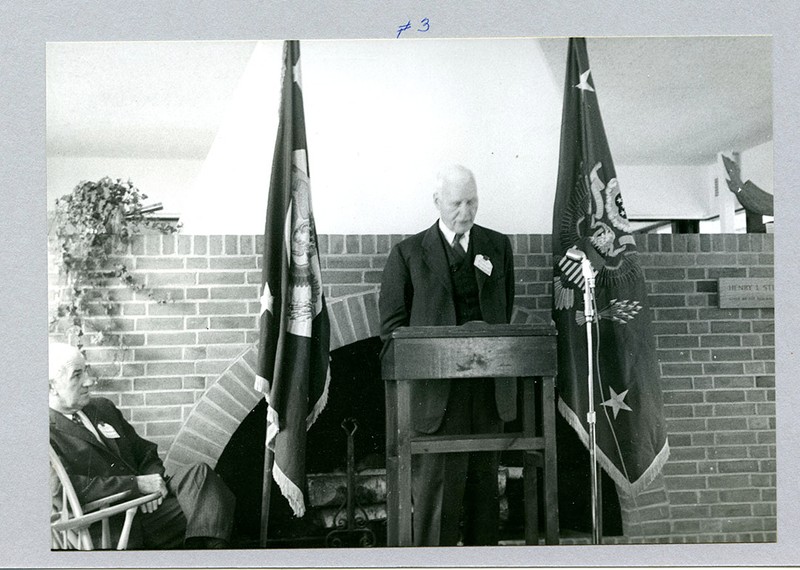
Henry L. Stimson House
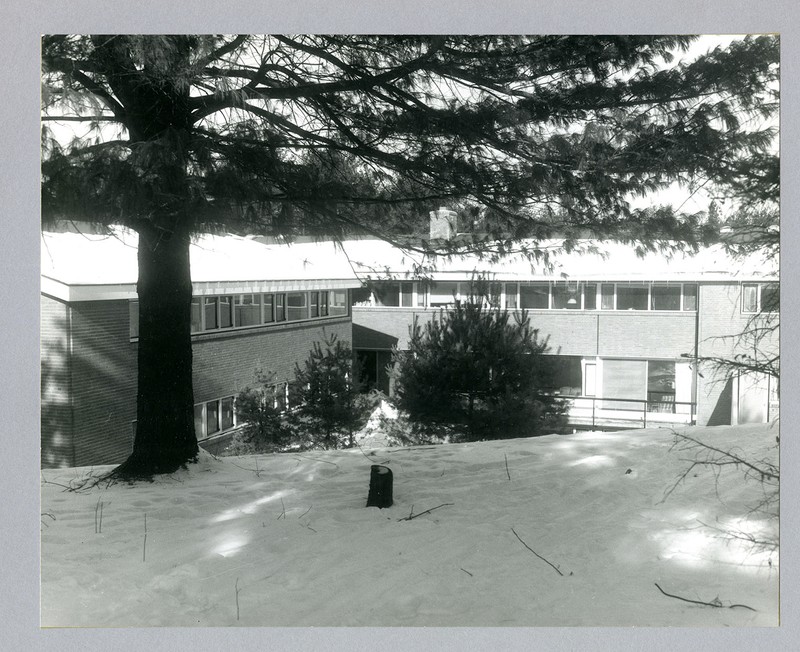
Henry L. Stimson House, 1961
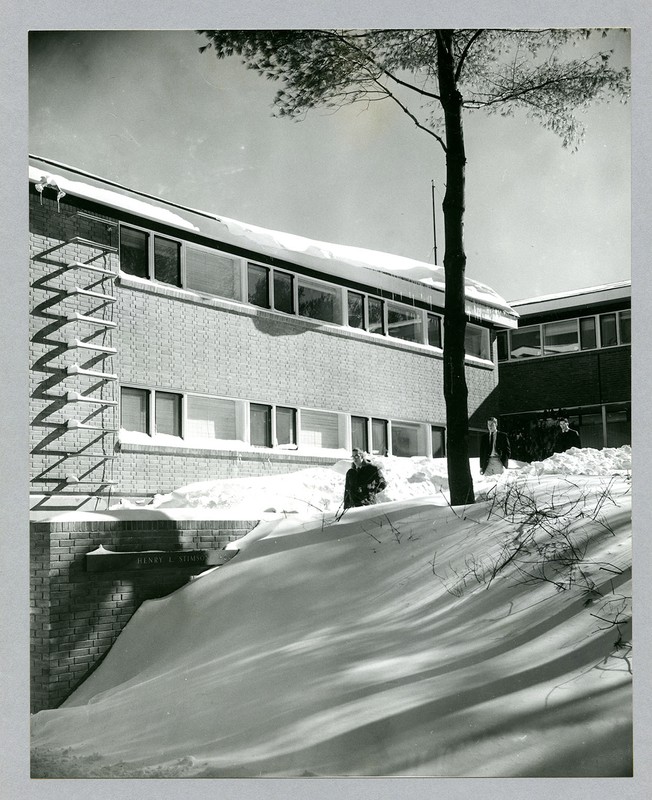
Headmaster John Kemper speaking at opening of proceedings of dedication weekend of Henry L. Stimson House. February 24, 1961
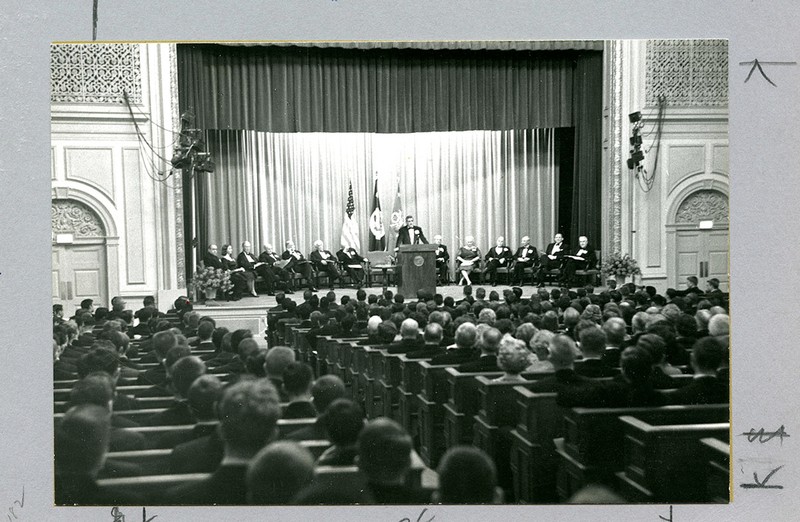
Thomas Evans, chairman of the Parents Committee, speaking at dedication of Henry L. Stimson House, February 24-25, 1961
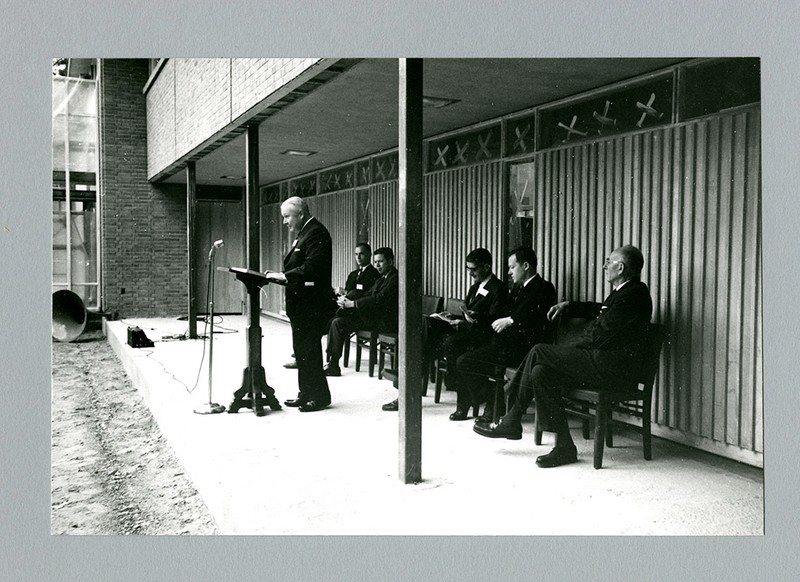
Professor Elting Morison (of MIT) speaking at dedication of Henry L. Stimson House with John J. McCloy, Headmaster John Kemper, and James Husted, class of 1914, seated behind. February 24, 1961
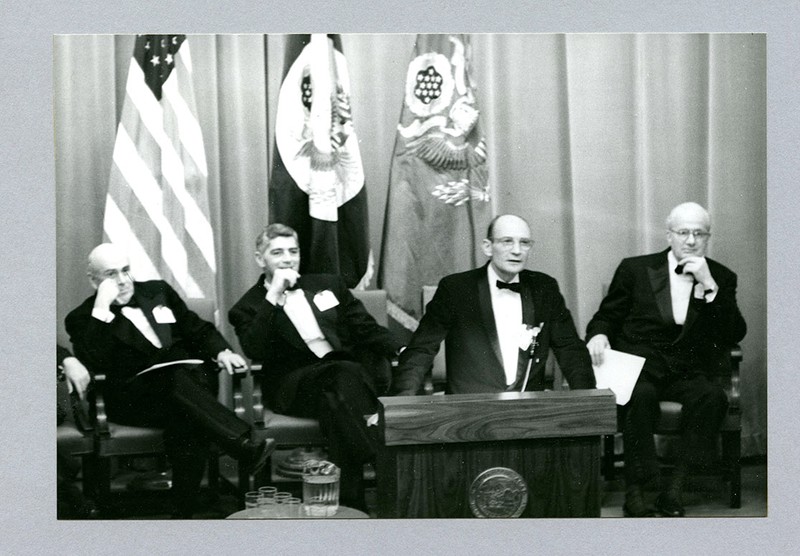
John J. McCloy talking with students at dedication of Henry L. Stimson House. February 25, 1961
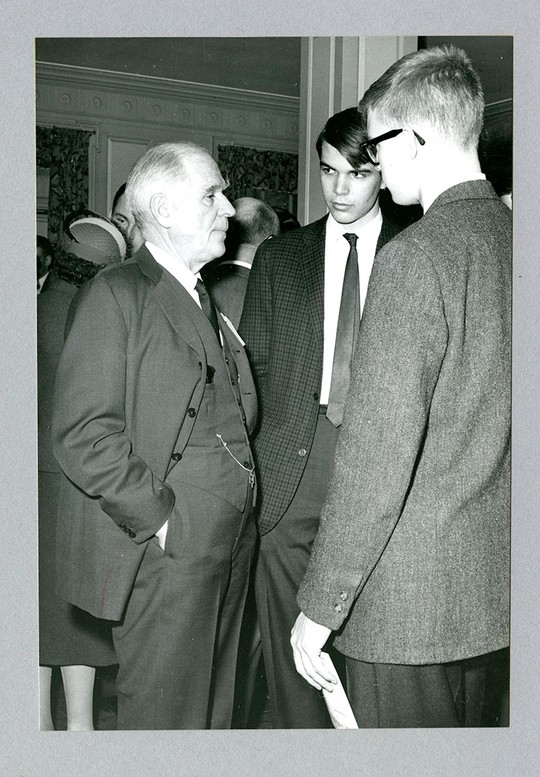
Professor Elting Morison of MIT and Dr. Robert Oppenheimer at at dedication of Henry L. Stimson House. February 24, 1961
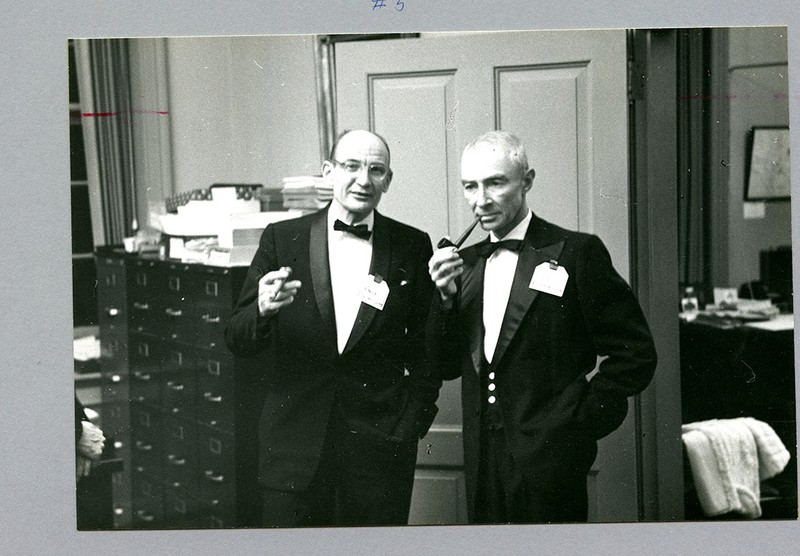
Professor Bowles, Mrs. Brooks Brown, Harvey H. Bundy, Edgar Crossman, Mr. Dorr listening to Allen T. Klots at at dedication of Henry L. Stimson House, February 1961
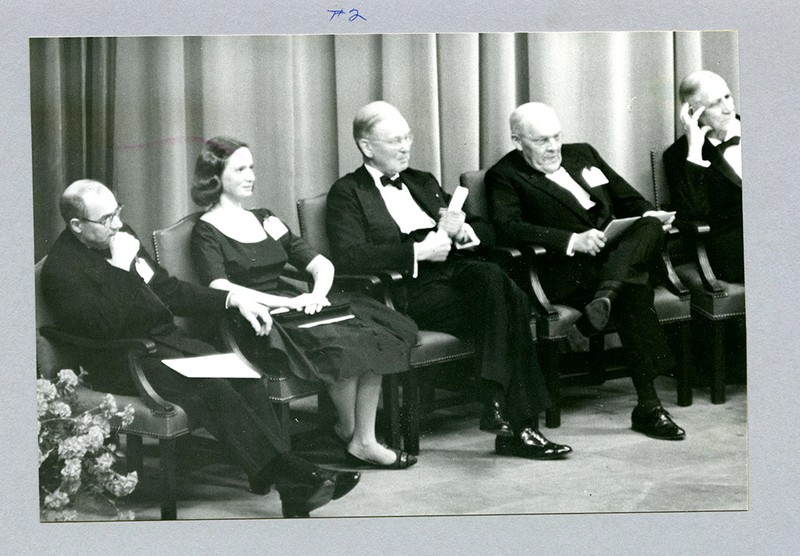
John J. McCloy speaking at the dedication of Henry L. Stimson House, February 25, 1961
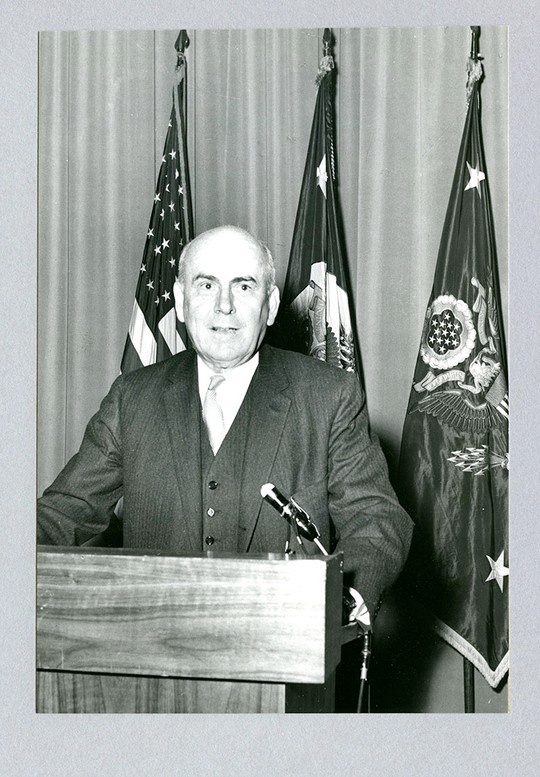
John J. McCloy and Headmaster John Kemper at the dedication of Henry L. Stimson House, February 25, 1961
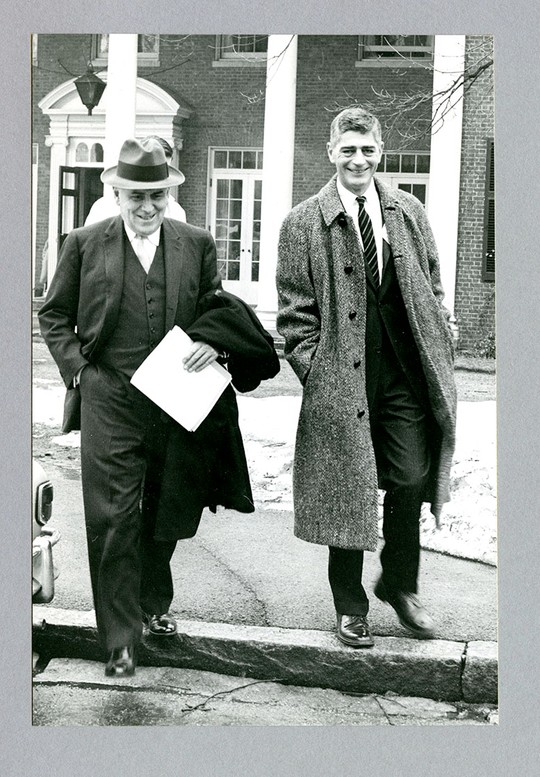
Henry L. Stimson House, 1961
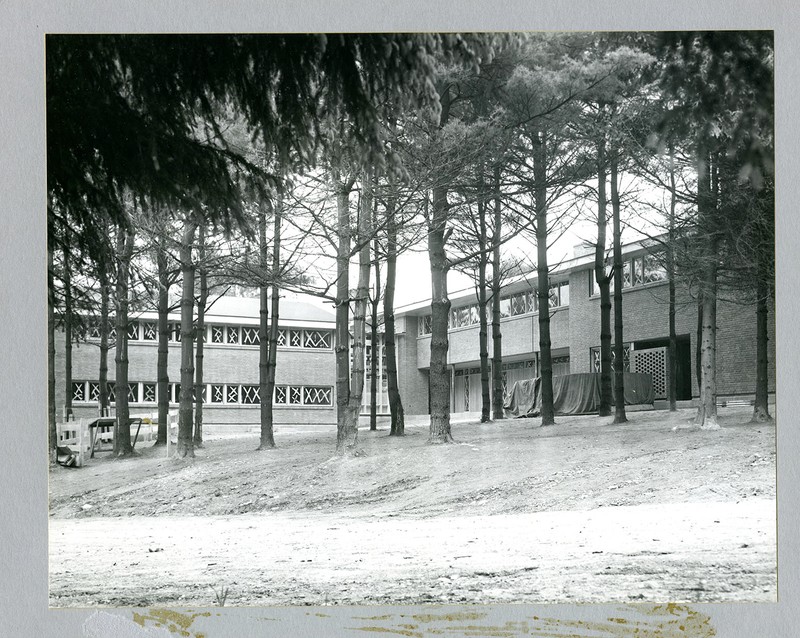
Henry L. Stimson House common room, 1961
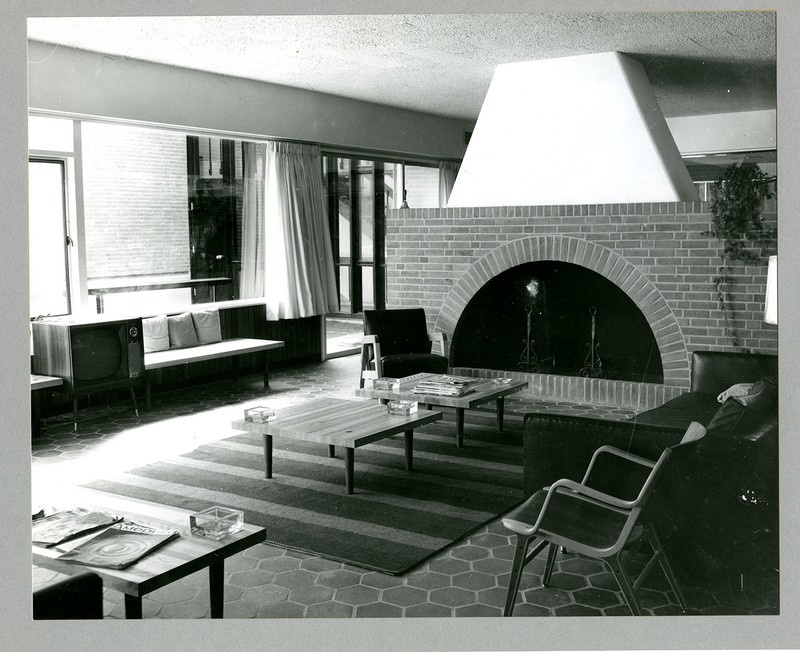
Backstory and Context
Text-to-speech Audio
Biography
Henry Stimson (1867-1950) was an American statesman and lawyer. A class of 1883 Andover alumnus, Stimson had a close and lifelong relationship with the school, serving as president of Phillips Academy’s board of trustees from 1935 to 1945. Beyond his work with Phillips Academy, Stimson served under numerous U.S. presidents as Secretary of State under Herbert Hoover (1929 to 1933) and Secretary of War under Presidents Taft (1911-1913), Roosevelt and Truman (1940-1945). He also served as the Governor-General of the Philippines, worked as an attorney, and was a Republican politician. Another notable aspect of his career was the Stimson Doctrine, which stated that the US would not recognize any territorial changes established by force, referring specifically to Japanese aggression in China.
Complicating Our Histories
Stimson has become something of a controversial figure, especially regarding his role in the Manhattan Project, which produced the first atomic bombs. Serving as Secretary of War during World War II, he was responsible for appointing key leaders and organized the bomb’s development in the U.S. Furthermore, he was a chief adviser on atomic policy to Presidents Roosevelt and Truman. Stimson ultimately defended the decision to drop the bomb based on his firm belief that it would save the most American lives.
Another controversial aspect of Stimson’s history is his support of American imperialism particularly in the Philippines and Nicaragua. Regarding the Philippines, Stimson is quoted as saying:
“...it was obvious that for all practical purposes, Filipinos were inferior. They needed protection, instruction and example from Americans, and therefore they should consider themselves lucky to be allowed to [have] these advantages with the surrender of their independence.”
Stimson was also involved with Executive Order 9066, which incarcerated more than 120,000 Japanese Americans in camps across the western United States during WWII. Although this order was most fiercely supported by General John L. Dewitt, who made his stance on the association of ethnicity and loyalty quite clear, Stimson’s involvement was also key to the creation of this proposal.
Despite the fact that Stimson is a controversial figure, his historical legacy is not black and white. Though Stimson felt the use of atomic bombs was necessary to end the war swiftly, he urged the President to drop the weapons on Hiroshima and Nagasaki instead of Tokyo and Kyoto, which would have resulted in the destruction of Japan’s cultural artifacts. As for Stimson’s view of the Philippines, archived documents suggest that his opinions were more influenced by the absence of effective Filipino governance and less by a sense of inherent social superiority. It is also clear from his post-war correspondence that Stimson's support of Japanese American internment camps was something he deeply regretted.
The nuances of Stimson's attitudes and decisions force us to grapple with important questions:
- Was saving the most American lives an accurate and reasonable justification for using the atomic bomb?
- Can this justify the loss of roughly 200,000 civilian Japanese lives resulting from both the blast itself and the horrifying long-term effects of radiation exposure?
- Should Stimson’s imperialist views be considered through a social lens, a political one, or both? To what extent do we place his remarks in the context of the beliefs and attitudes that prevailed among this past generation of Americans?
And further:
- As Americans living in the 21st century, how can we fairly judge Stimson through our contemporary moral lens?
- To what extent do we place his remarks in the context of the beliefs and attitudes that prevailed among this past generation of Americans?
- What do we do with the dorm currently named Stimson House now? Should we rename it? If so, does that erase the history of this building?
As you stand in front of Stimson House, reflect on these questions. They might just spark some interesting discussions about how the history of our school and country are best interpreted.
Written by Chloe Rhee, class of 2024
Sources
Academy Hill: The Andover Campus, 1778 to the Present. New York: Princeton Architectural Press, 2000.
Allis, Frederick S., Jr. Youth From Every Quarter: A Bicentennial History of Phillips Academy, Andover. Hanover, NH: University Press of New England, 1979.
Domingue, Robert A. Phillips Academy Andover, Massachusetts: An Illustrated History of the Property (including Abbot Academy). Wilmington, Mass.: Hampshire Press, 1990.
Montgomery, Susan J. and Roger G. Reed. Phillips Academy Andover: An Architectural Tour. New York: Princeton University Press, 2000.
F. Cookson, Andover Art Studio, Andover, Mass., Photographer
F. Cookson, Andover Art Studio, Andover, Mass., Photographer
Frank J. Leone, Jr., Photographer
Photograph by F. Cookson, Andover Art Studio
Frank J. Leone, Jr., Photographer
Walter Gierasch, Photographer
Frank J. Leone, Jr., Photographer
